How To Do a Messy Bun With Long Thick Hair?
The messy bun has become a staple hairstyle for those with long, thick locks who need a quick yet stylish solution for everyday wear. While those blessed with voluminous hair often struggle with heavy, unmanageable tresses, the messy bun offers the perfect balance of effortless style and practicality. This versatile updo keeps your hair off your neck while creating a chic, carefree look that works for virtually any occasion.
For those with thick hair, creating the perfect messy bun might seem challenging at first. Your abundant locks can make the bun too heavy or cause it to fall apart throughout the day. But with the right techniques and tools, you can master this hairstyle and make it your go-to option for both casual days and more formal events.

Understanding the Messy Bun Hairstyle
Before diving into the how-to, let's explore what makes a messy bun so appealing and why it's particularly well-suited for those with long, thick hair.
What Is a Messy Bun?
A messy bun is exactly what it sounds like—a deliberately tousled updo that looks artfully disheveled rather than perfectly polished. Unlike sleek, structured buns that require precision and multiple products, the messy bun embraces natural texture and a certain degree of chaos. It's characterized by loose strands, volume, and an overall relaxed appearance that seems as though you simply twisted your hair up without much thought.
According to hair professionals, the messy bun has remained popular because it strikes the perfect balance between being put-together and casual. As Emma Chen, a celebrated hairstylist, notes in her tutorials, "The messy bun gives you an updo appropriate for any occasion, from brunch to a wedding."
Why Choose a Messy Bun for Long, Thick Hair?
Long, thick hair presents unique styling challenges—it's heavy, can be difficult to manage, and often requires significant time and effort to style. The messy bun offers several advantages specifically for those with abundant locks:
-
Weight distribution: The messy bun helps distribute the weight of thick hair more evenly around your head, reducing strain on your neck and scalp.
-
Heat-free styling: It requires no heat tools, helping preserve your hair's health and preventing additional volume from frizz or damage.
-
Versatility: The style works with virtually any hair texture—straight, wavy, or curly—making it universally flattering.
-
Built-in volume: Thick hair naturally creates a fuller, more substantial bun, which means you don't need to add artificial volume or teasing.
-
Longevity: The natural texture and weight of thick hair help the style stay in place longer than it might for those with fine hair.
For those with thick hair, the messy bun transforms what could be considered a styling challenge into an asset. Your natural volume creates effortless fullness that others might need products or techniques to achieve.
How to Prepare Your Hair for Styling

Proper preparation is key to creating a messy bun that looks intentionally undone rather than simply messy. This is especially true for thick hair, which may need some taming before styling.
Start by assessing your hair's current state. The messy bun generally works best on second or third-day hair when natural oils have built up and created some texture. If your hair is freshly washed, you might find it too slippery to hold the style effectively.
For optimal results with thick hair, follow these preparation steps:
-
Use a wide-tooth comb or a detangling brush to gently work through any knots.
-
If your hair is freshly washed, add some texturizing spray or dry shampoo at the roots and midshafts.
-
If your hair is extremely thick or coarse, slightly dampening it can make it more manageable. Just be careful not to make it too wet, as this can cause the bun to loosen as it dries.
-
For very straight hair, consider adding some loose waves with a curling iron or overnight braids before creating your bun. This adds texture that helps the bun hold its shape.
Remember that thick hair often has different textures throughout—perhaps smoother at the crown and coarser at the nape. Pay attention to these variations when prepping, as they'll affect how your bun holds together.
Step-by-Step Guide to Creating a Messy Bun
Now that your hair is prepped and ready, let's break down the process of creating the perfect messy bun for long, thick hair. This method is designed specifically to handle the weight and volume of thicker locks while maintaining that coveted undone appearance.
Step 1: Gather Necessary Tools
Before you begin, make sure you have all the essential tools within reach:
-
Hair tie: For thick hair, opt for a strong elastic hair tie
-
Bobby pins: Have 8-12 sturdy bobby pins that match your hair color for a seamless look.
-
Texturizing spray or dry shampoo for touch-ups.
-
Edge brush or toothbrush
-
Light-hold hairspray
Having these tools prepared in advance will make the styling process much smoother and prevent you from having to stop midway through to search for supplies.
Step 2: Create a Loose Ponytail
For a classic messy bun, gather your hair at the crown of your head. For a lower, more relaxed look, aim for the middle or nape of your neck. The position affects both the look and how the weight of your thick hair feels. This technique works particularly well for thick hair as it helps create volume at the crown and makes gathering your hair easier.
Use your hands rather than a brush to maintain texture. For thick hair, consider the "looped bun" variation: gather your hair into a ponytail but only pull it halfway through the elastic on the final loop, leaving the ends free. Make sure the elastic is secure but comfortable.
Step 3: Twist and Wrap the Ponytail
For thick hair, divide your ponytail into two sections. This technique works better than trying to wrap all your hair at once. Twist each section of hair around itself. The twists don't need to be tight or perfect—remember, we're aiming for "messy."
Twist the two sections around each other as you simultaneously move them into a bun shape around the base of your ponytail. This method distributes the weight of thick hair more evenly than a single twist. Allow for some pieces to fall out naturally as you wrap—these will contribute to the messy, undone look.
Step 4: Secure the Bun with Pins
Place your first bobby pins at the base of the bun where it meets your head. Cross two pins in an "X" formation for extra hold. Continue placing pins around the bun, focusing on areas where you feel loose sections or where the weight is pulling. Rather than using many pins haphazardly, use fewer pins placed strategically at the points where the bun feels least secure.
Step 5: Adjust and Tousle for Desired Messiness
This final step transforms your secured bun into the perfect messy updo. Use your fingers to gently pull at certain sections of the bun to create more volume and that desired "undone" effect.
For a softer look, gently pull out a few strands around your face. These don't need to be perfectly symmetrical. Lightly tug at the hair at your crown to create more volume and texture. For thick hair, this step is particularly effective at preventing the bun from looking too slick or severe.
If pieces fall out as you adjust, consider whether they add to the overall look before pinning them back in. Sometimes these "accidents" create the most authentic messy bun effect.
Once you're satisfied with the look, lightly mist with a flexible-hold hairspray to keep everything in place without stiffness. For thick hair, L'Oréal Paris Elnett Satin Extra Strong Hold Hair Spray offers lasting hold without crunchiness.
Tips for Enhancing the Messy Bun Look
Once you've mastered the basic messy bun, you can elevate the style with these expert techniques and additions that work particularly well with thick hair.
Adding Face-Framing Tendrils
Face-framing pieces can soften the look of your messy bun and highlight your features. Before creating your bun, set aside two sections of hair on either side of your face. For thick hair, these can be slightly larger than you might think—about 1-inch sections work well. Depending on your preference, you can leave these pieces natural, curl them slightly with a curling iron, or twist them gently for definition.
If you have layers, try using those shorter pieces around your face for a more natural look. For those with thick hair, these pieces help balance the volume of the bun. Adjust where these pieces fall based on your face shape. For round faces, having the tendrils hit at the jawline creates an elongating effect, while heart-shaped faces might benefit from pieces that hit at the cheekbones.
Incorporating Braids or Twists
Adding braids or twists to your hair messy bun is a fantastic way to manage thick hair while adding visual interest. Before creating your bun, take a small section of hair from behind your ear and create a simple three-strand braid. Incorporate this braided piece into your bun for added texture.
For a bohemian look, twist the front sections of your hair back before incorporating them into your bun. This works beautifully with thick hair as it helps control volume around the face.
Using Accessories to Elevate the Style
Accessories can transform your messy bun from casual to occasion-ready while helping to secure thick hair:
-
Use decorative pins featuring pearls, gems, or interesting designs.
-
Wrap a silk scarf or ribbon around the base of your bun
-
A headband placed in front of your messy bun adds polish
-
Consider using small decorative claw clips instead of bobby pins
-
For special occasions, fresh or silk flowers tucked into your messy bun create a romantic, elevated look.
Fixing Common Messy Bun Challenges with Ease
Even with the best techniques, messy buns can present some challenges, especially for those with long, thick hair. Here are solutions to the most common issues:
-
Challenge: The bun is too heavy and causes headaches.
Create a lower bun at the nape of your neck rather than at the crown. This position distributes weight more comfortably. Try the "double bun" technique—split your hair horizontally and create two smaller buns stacked vertically. This distributes weight while maintaining the appearance of a single bun from the front.
-
Challenge: The bun keeps falling or sagging throughout the day
Use a stronger elastic specifically designed for thick hair, like those spiral plastic elastics mentioned earlier. Apply dry shampoo or texturizing spray before styling to create more grip.
-
Challenge: The bun looks too neat or small despite having thick hair
After securing your bun, gently tug outward on sections all around the bun to increase its size and messiness. Before creating your ponytail, lightly backcomb or tease the hair at your crown and the ponytail itself for added fullness.
Each time you create a messy bun, you'll better understand how your unique hair texture responds and how to adjust your technique accordingly.
Final Thoughts: Achieving the Ideal Messy Bun for Long, Thick Hair
For those with long, thick hair, the messy bun offers practical benefits beyond aesthetics. It keeps heavy hair off your neck during hot weather, prevents tangles during windy days, and gives your strands a break from daily styling damage. It's truly a functional style that never sacrifices appearance.
The best part about mastering the messy bun for your thick hair is that it becomes quicker and easier each time you do it. What might take 5-10 minutes initially can eventually become a 2-minute styling solution you can count on for everything from workouts to weddings, just by adjusting the level of polish and the accessories you choose.
So gather your hair ties and bobby pins, embrace your thick locks, and enjoy the versatility and ease of the perfect messy bun—a hairstyle that will never go out of style and always rises to the occasion, whatever that occasion may be.


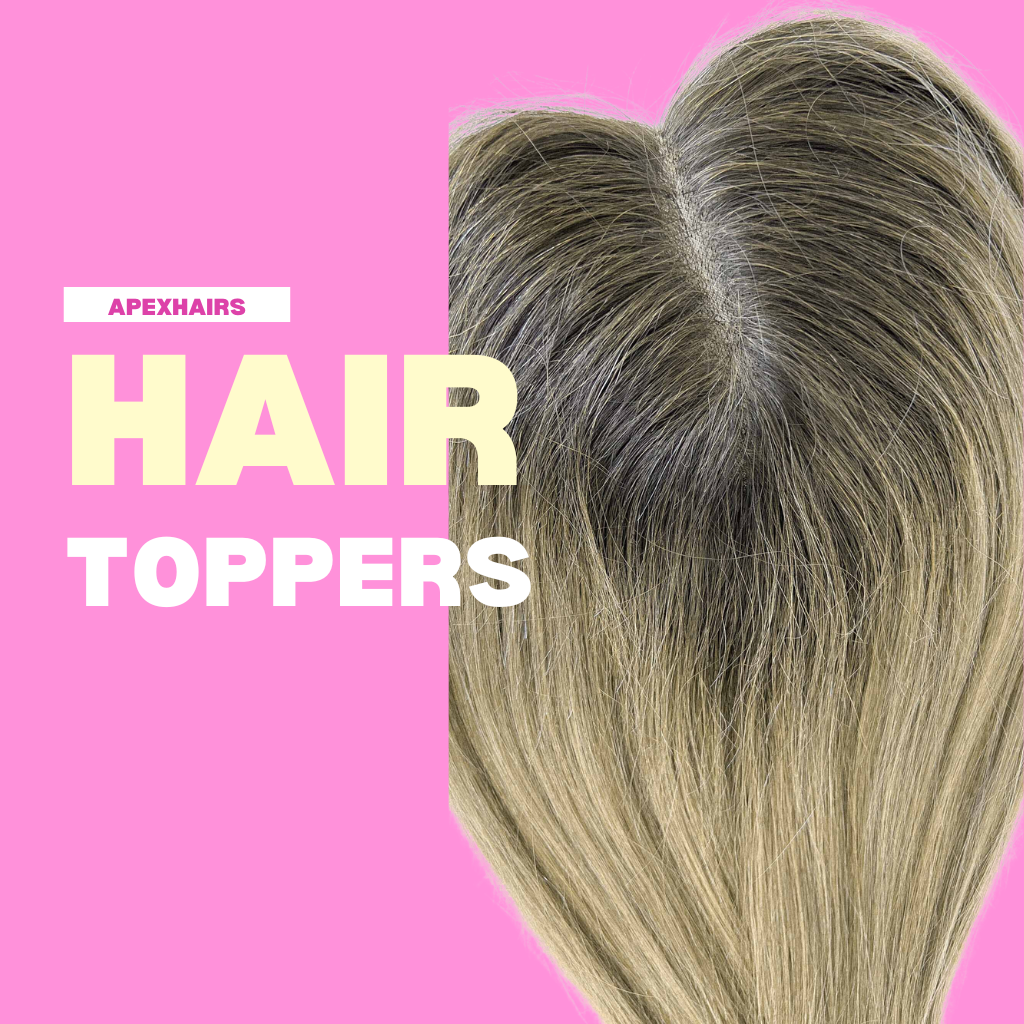
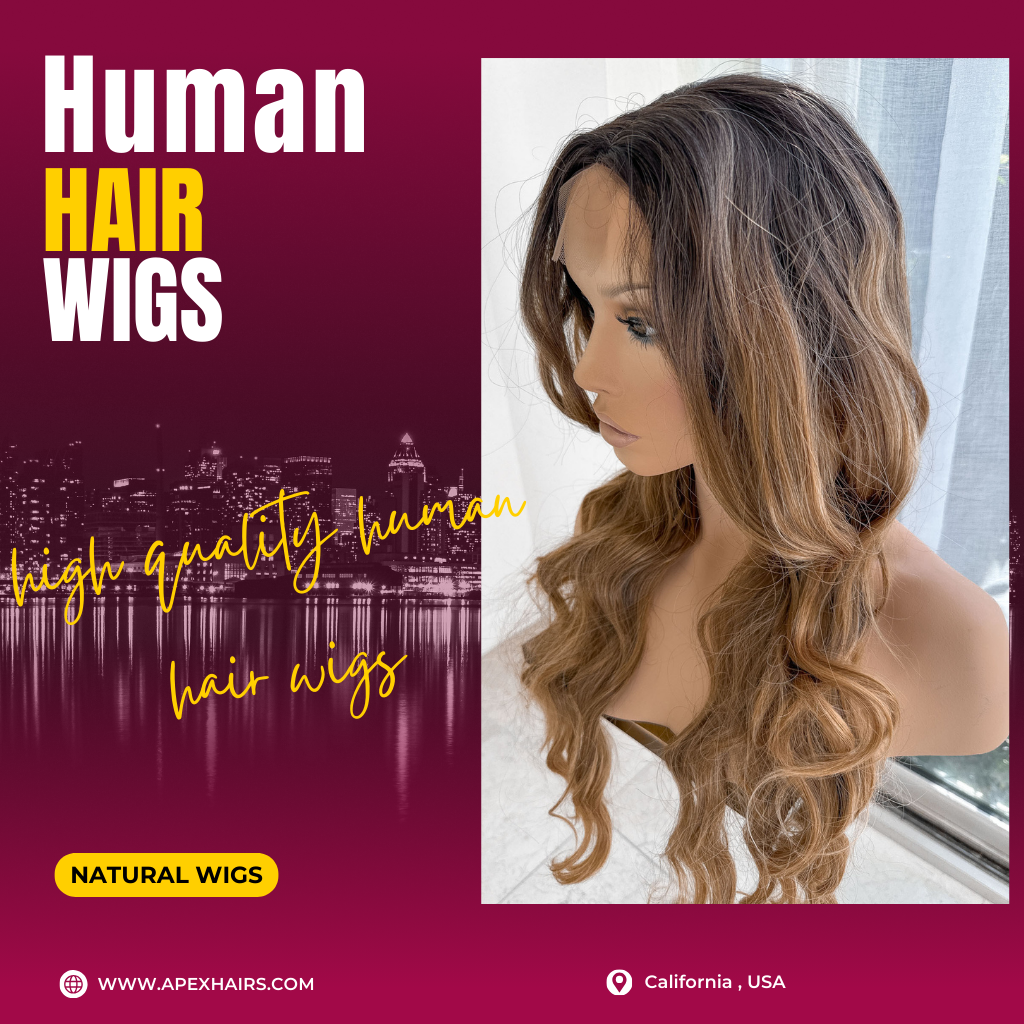
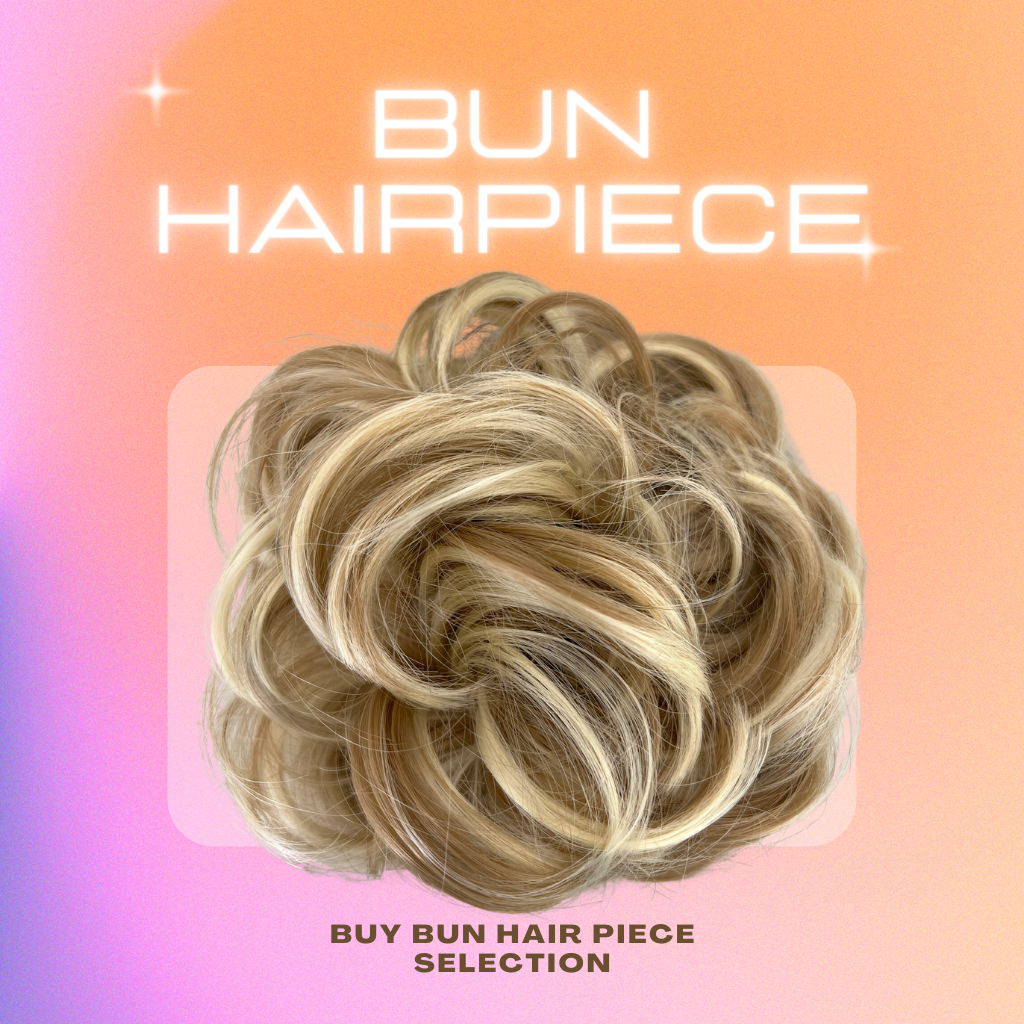
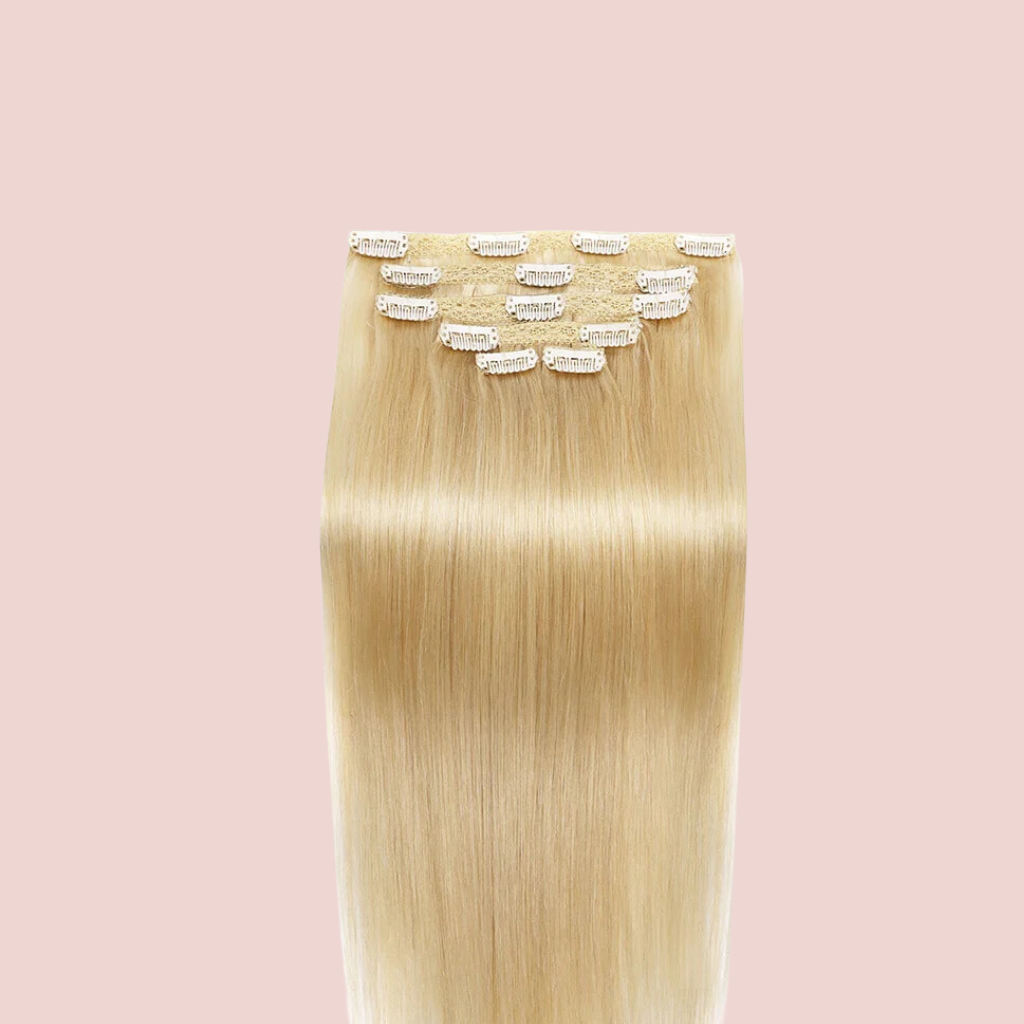
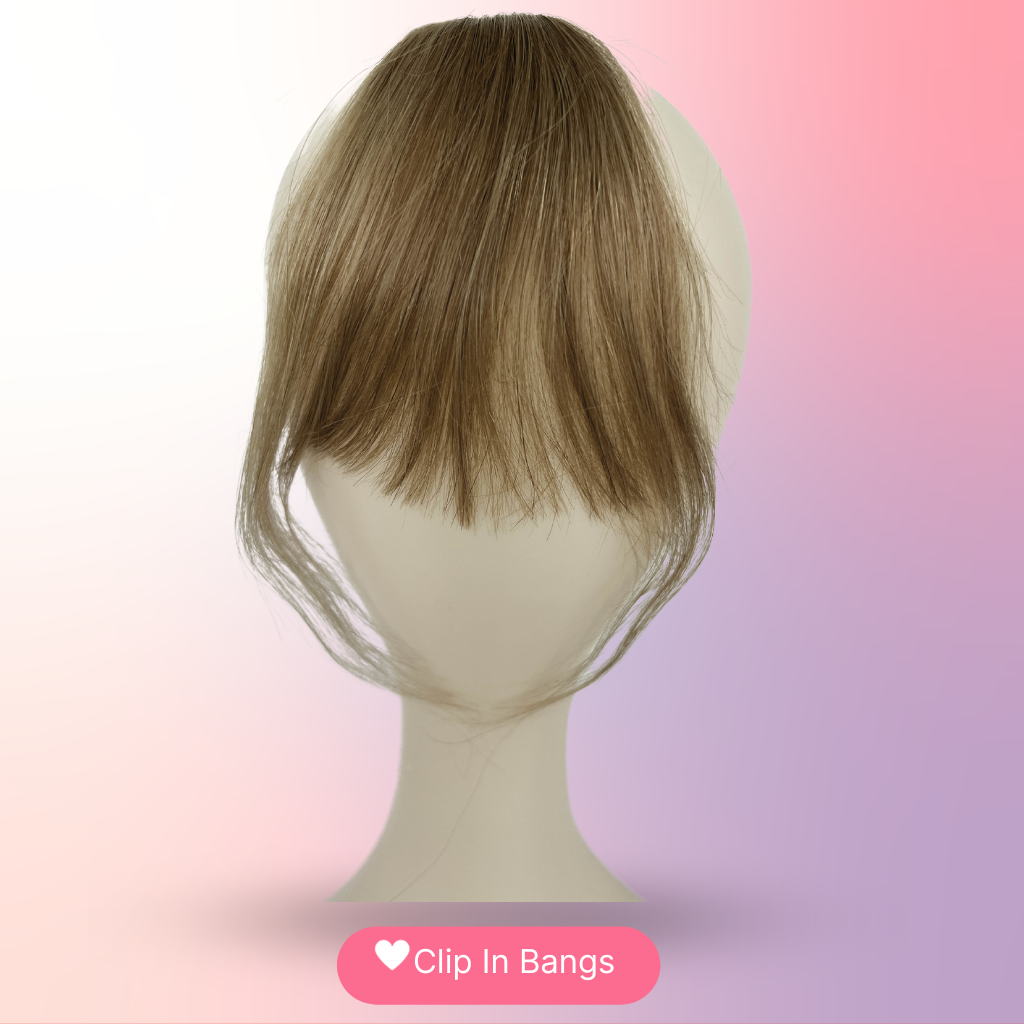



Leave a comment